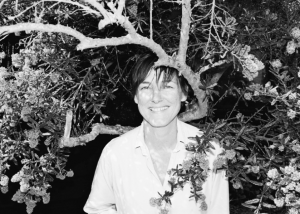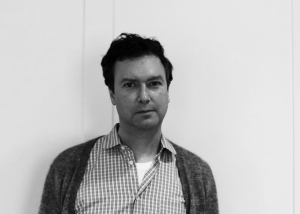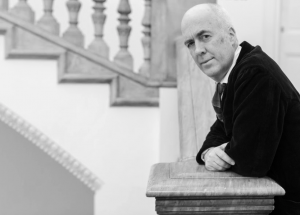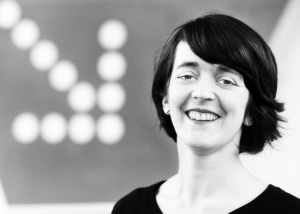The London art scene is massive and overwhelming. Out of hundreds of galleries and thousand of people who work in them, how do you know where to go and who to listen to?
We asked a few hundred art professionals, curators, and artists to name their favourite galleries and we came up with a list of 70. Luckily for us, many museums and galleries were available for interviews.
This interview was conducted in 2015, it took a year to publish because it turns out it’s a lot harder to liaison with 70 galleries and their PR agencies than we originally expected. All the anachronisms were kept to illustrate just how fast paced the London gallery scene is, some people we interviewed no longer work at the same galleries, and some galleries no longer exist in the same form they did last year.
We wanted to share the knowledge with as many art professionals as we could so we are sharing 20 condensed interviews with Fad’s readers. The full lengths interviews are available in the book ‘Who to Know in London?’
Kate Macfarlane is the 7th interview out of the series of 20.
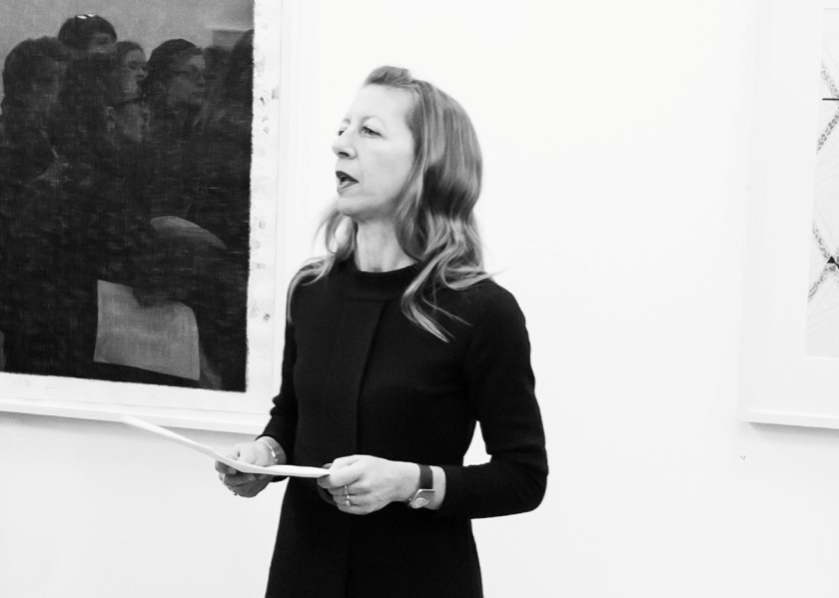
Kate Macfarlane, courtesy of the Drawing Room.
How did you pick the name of your gallery?
We wanted to create a space to explore ideas around contemporary drawing and the name suggests a physical space.
Tell us about your background and how did you become appointed to your current position?
I’m a curator and I co-founded Drawing Room with curators Mary Doyle and Katharine Stout.
What does it take to make a critically acclaimed gallery?
A lot of hard work, knowledge of the recent history of art and of contemporary practice, an open mind, good connections with artists and other art professionals.
Has your gallery vision and mission changed since you opened?
Drawing Room was initiated in 1999 to establish a space for contemporary drawing; at this time drawing was not as visible in galleries and we wanted to bring attention to a medium that plays such a crucial role in very diverse artistic practices. At first we included only contemporary drawing. Our programme is informed by artists’ practice and as they are interested in looking at historical work this has become important for our programme.
We have been referencing work from the 1960s and 1970s for some years – this was an incendiary period for catapulting drawing from a secondary to a primary medium. Lately, we have included work from as far back as the early 20th century by Egon Schiele and by Hilma af Klint.
How do you select artists/works for exhibitions?
We make many studio visits, visit exhibitions, biennials and some art fairs in this country and abroad – and learn about artists through word of mouth – from other artists and art professionals.
How has the art landscape changed since you opened the gallery?
There are many more exhibition opportunities for artists with certain large commercial galleries dominating the scene. So there is a lot of competition for audiences – Tate Modern, Saatchi gallery and others attract many visitors but audiences are still reticent to visit more out-of-the-way venues. There are many online opportunities to profile exhibitions and for artists to present their work. But visiting Drawing Room and seeing the work in the flesh is crucial; nothing can beat coming face to face with drawings, the most intimate and revealing art form.
drawingroom.org.uk
